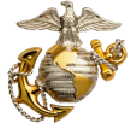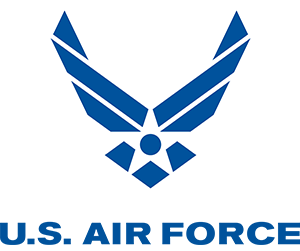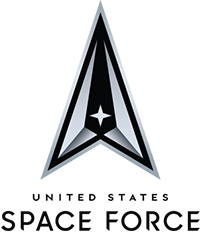
"When I learned about the type of drone technology we were developing in the Air Force to tackle a variety of problems, I thought, ‘Man, this is cool.’"
Phillip Lane
1st Lieutenant | Air Force
Taking Engineering to New Heights
Phillip quickly fell in love with his role. “I just felt like I knew at that moment I was where I wanted to be,” he says.
Phillip says that developmental engineers can “literally do anything in the Air Force engineering-wise.” He adds, “If they are at any one of the AFRL [Air Force Research Laboratory] locations, [or] if you’re at a flight test squadron, chances are you’re probably working with some of the bigger aircraft like F-16s and F-22s. You’re not necessarily going to be the pilot flying them, but you might be the engineer creating test cards and experiments with those aircraft. Then, depending on the aircraft, you might be in the back seat flying with that pilot. You’ll be telling that pilot what to do and how to maneuver the aircraft because there might be sensors on the aircraft that are taking data. Later on, you can report on that data, process it and make reports about the performance of the aircraft.”
Since joining, Phillip and his team have been keeping up in the ever-evolving tech battlespace with drone and counter-drone measures. As these technologies become more prevalent, military roles like Phillip’s become more critical. “We’re doing it [developmental engineering] in applications that are saving lives.”
Although Phillip’s schedule is full, he enjoys a great work-life balance. Outside of his military duties, Philip enjoys outdoor “general impact” sports. He likes to white-water raft and bungee jump. He describes himself as a bit of an “adrenaline junkie.” Phillip is even pursuing his pilot’s license just for the fun of it. “The possibilities are endless in the Military,” he says.









